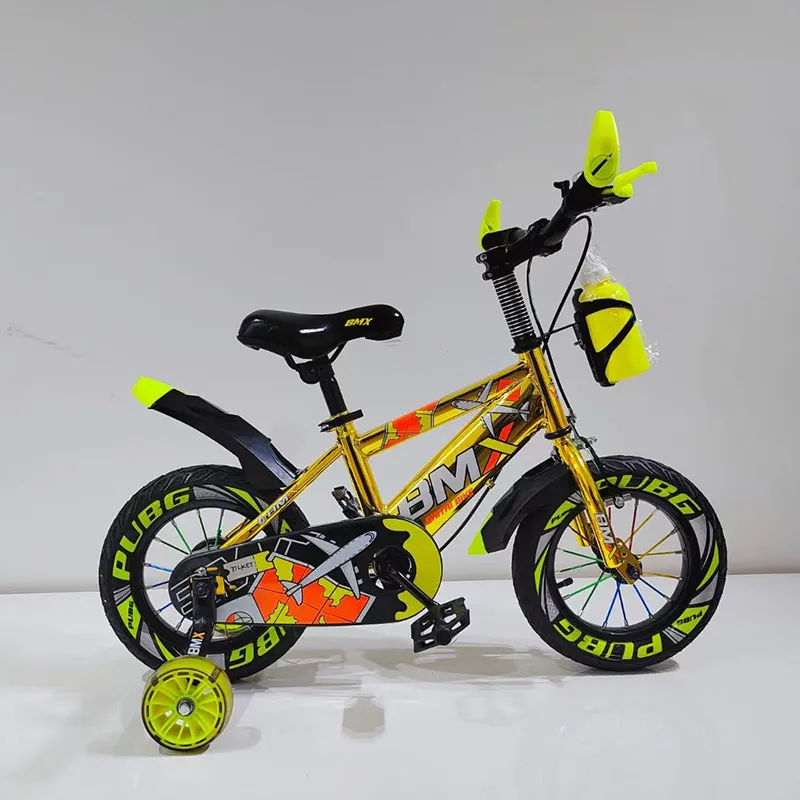
- Afrikaans
- Albanian
- Amharic
- Arabic
- Armenian
- Azerbaijani
- Basque
- Belarusian
- Bengali
- Bosnian
- Bulgarian
- Catalan
- Cebuano
- Corsican
- Croatian
- Czech
- Danish
- Dutch
- English
- Esperanto
- Estonian
- Finnish
- French
- Frisian
- Galician
- Georgian
- German
- Greek
- Gujarati
- Haitian Creole
- hausa
- hawaiian
- Hebrew
- Hindi
- Miao
- Hungarian
- Icelandic
- igbo
- Indonesian
- irish
- Italian
- Japanese
- Javanese
- Kannada
- kazakh
- Khmer
- Rwandese
- Korean
- Kurdish
- Kyrgyz
- Lao
- Latin
- Latvian
- Lithuanian
- Luxembourgish
- Macedonian
- Malgashi
- Malay
- Malayalam
- Maltese
- Maori
- Marathi
- Mongolian
- Myanmar
- Nepali
- Norwegian
- Norwegian
- Occitan
- Pashto
- Persian
- Polish
- Portuguese
- Punjabi
- Romanian
- Russian
- Samoan
- Scottish Gaelic
- Serbian
- Sesotho
- Shona
- Sindhi
- Sinhala
- Slovak
- Slovenian
- Somali
- Spanish
- Sundanese
- Swahili
- Swedish
- Tagalog
- Tajik
- Tamil
- Tatar
- Telugu
- Thai
- Turkish
- Turkmen
- Ukrainian
- Urdu
- Uighur
- Uzbek
- Vietnamese
- Welsh
- Bantu
- Yiddish
- Yoruba
- Zulu
Jan . 30, 2025 02:41 Back to list
fast e bikes for sale
Choosing the right kids' bike can be a transformative experience for both parents and their young ones. Beyond the simple mechanics of learning to ride, a child's first bike is a gateway to adventure, independence, and outdoor fun, fostering physical and mental development. Therefore, selecting the perfect bicycle is crucial, not only for your child's safety but also for enhancing their biking experience.
Safety extends beyond sizing and mechanics. Emphasizing protective gear such as helmets, knee pads, and gloves can’t be overstated. These items are not merely accessories; they are essentials that every rider should use. Helmets, in particular, are indispensable. When purchasing a helmet, ensure it meets safety standards by checking for certification labels and fit. Beyond technical aspects, the child's personal preference should be considered. Allow them the autonomy to choose colors and styles that appeal to them. This fosters a sense of ownership and pride, encouraging frequent riding and enhancing their commitment to outdoor play. Nothing can substitute the insights provided by real-life experiences. Reading reviews and testimonials from other parents and kids can provide valuable insights into durability, ease of use, and overall satisfaction. Similarly, consulting with experts at local bike shops can offer personalized recommendations based on your unique needs and circumstances. Trustworthiness in a brand can significantly influence the purchase decision. Established brands, known for their dedication to safety and quality, often provide more reliable products. Looking into warranties and customer service options is also wise, as these can offer peace of mind long after the point of sale. In conclusion, the journey of selecting a kid's bike should be approached with diligence and an eye for detail, ensuring an investment in a safe, enjoyable, and lasting riding experience.


Safety extends beyond sizing and mechanics. Emphasizing protective gear such as helmets, knee pads, and gloves can’t be overstated. These items are not merely accessories; they are essentials that every rider should use. Helmets, in particular, are indispensable. When purchasing a helmet, ensure it meets safety standards by checking for certification labels and fit. Beyond technical aspects, the child's personal preference should be considered. Allow them the autonomy to choose colors and styles that appeal to them. This fosters a sense of ownership and pride, encouraging frequent riding and enhancing their commitment to outdoor play. Nothing can substitute the insights provided by real-life experiences. Reading reviews and testimonials from other parents and kids can provide valuable insights into durability, ease of use, and overall satisfaction. Similarly, consulting with experts at local bike shops can offer personalized recommendations based on your unique needs and circumstances. Trustworthiness in a brand can significantly influence the purchase decision. Established brands, known for their dedication to safety and quality, often provide more reliable products. Looking into warranties and customer service options is also wise, as these can offer peace of mind long after the point of sale. In conclusion, the journey of selecting a kid's bike should be approached with diligence and an eye for detail, ensuring an investment in a safe, enjoyable, and lasting riding experience.
Next:
Latest news
-
The Ultimate Kids' Four-Wheeler Experience
NewsJul.09,2025
-
The Ultimate Guide to Mountain Bikes: Gear Up for Your Ride
NewsJul.09,2025
-
The New Age of Cycling: Electric Bikes for Every Rider
NewsJul.09,2025
-
The Best Kids Bicycles: Ride in Style and Safety
NewsJul.09,2025
-
The Best 3-Wheel Scooters for Kids: Fun, Safety, and Adventure
NewsJul.09,2025
-
Revolutionize Your Ride: Affordable Electric Bikes
NewsJul.09,2025
-
Finding the Perfect Mountain Bike for Every Rider
NewsJul.09,2025



